Home>Furniture>Outdoor Furniture>How Much Does A 20X20 Concrete Patio Cost
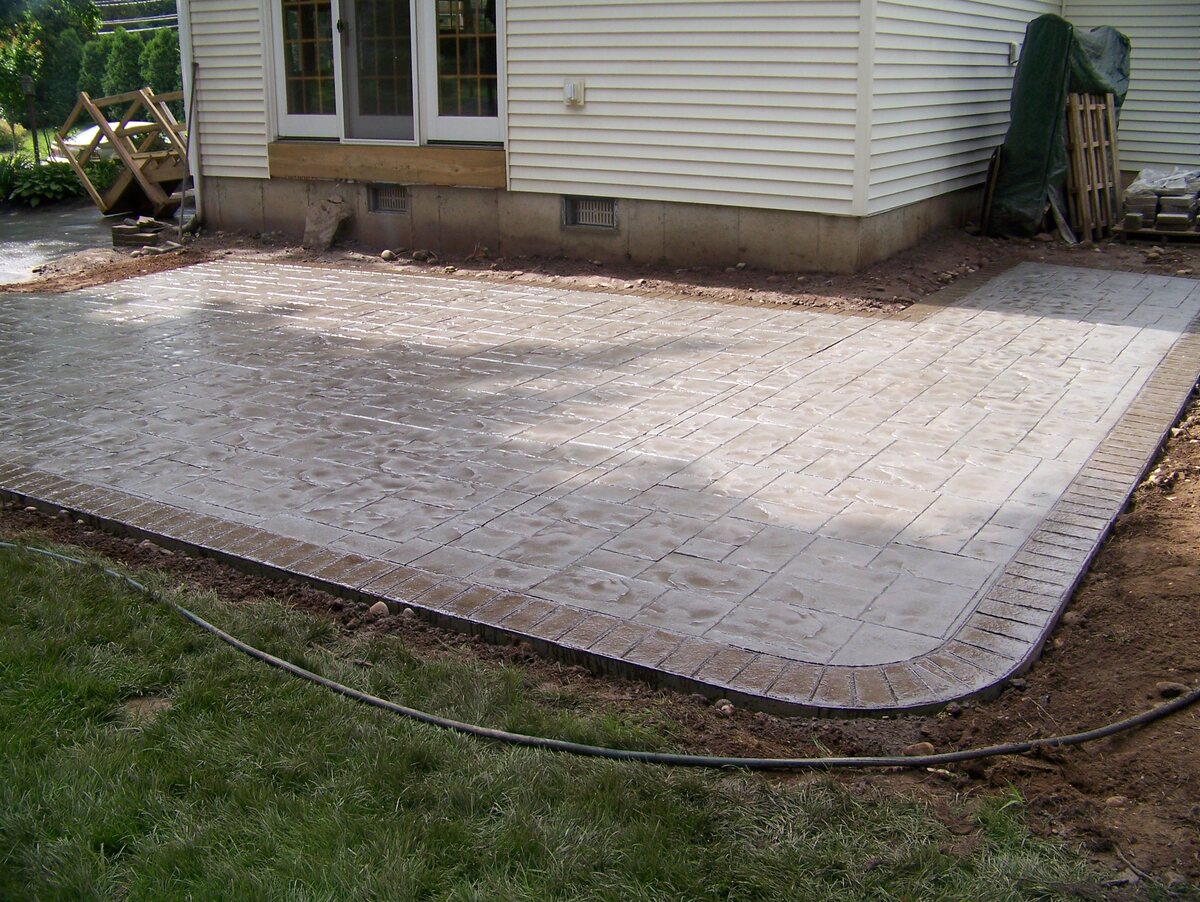

Outdoor Furniture
How Much Does A 20X20 Concrete Patio Cost
Modified: May 6, 2024
Looking to furnish your 20x20 concrete patio? Find out the cost of outdoor furniture for your outdoor oasis and create the perfect gathering space.
(Many of the links in this article redirect to a specific reviewed product. Your purchase of these products through affiliate links helps to generate commission for Storables.com, at no extra cost. Learn more)
Introduction
Welcome to our comprehensive guide on the cost of a 20×20 concrete patio. If you are looking to enhance your outdoor space with a durable and low-maintenance patio, concrete is a fantastic choice. Concrete patios are not only long-lasting but also offer endless design possibilities. However, before starting your project, it’s important to understand the factors that impact the cost of a 20×20 concrete patio and explore ways to save money without compromising on quality.
When it comes to calculating the cost of a concrete patio, several factors come into play. These factors include the materials used, labor costs, additional features or finishes, and regional variations in pricing. By understanding these factors, you can estimate the total cost of your project and make informed decisions throughout the process.
In terms of material costs, concrete is generally affordable compared to other patio materials such as pavers or natural stone. However, the type and quality of the concrete mixture can influence the price. It’s essential to choose a durable mix that will withstand the test of time and various weather conditions.
Labor costs are another significant consideration. The complexity of the project, the need for excavation or demolition, and the skill level of the contractor can impact the overall labor costs. It’s important to hire a reputable contractor who can deliver high-quality workmanship and handle any challenges that may arise during the construction process.
Additional costs associated with a 20×20 concrete patio can include permits, site preparation, excavation, concrete delivery, reinforcement materials, and any additional features or finishes you choose to incorporate. These can range from decorative stamping or staining to seating walls, fire pits, or lighting installations. These features can increase the aesthetic appeal and functionality of your patio but will come with an additional cost.
When comparing the cost of a 20×20 concrete patio to other patio materials, it’s important to consider the long-term value and durability. While concrete may have a higher upfront cost than some materials, it requires less maintenance and is more resistant to wear and tear. Over time, this can result in cost savings and a longer lifespan for your patio.
Lastly, we will provide you with some tips on how to save money on a 20×20 concrete patio without compromising on quality. From choosing a simple design to shopping around for multiple quotes and considering alternative finishing options, these tips will help you stay within your budget while still achieving the patio of your dreams.
Now that you have a clear introduction to the topic, let’s explore each factor in depth to gain a better understanding of the cost of a 20×20 concrete patio.
Key Takeaways:
- Constructing a 20×20 concrete patio involves considering factors like material costs, labor costs, and additional expenses. By simplifying the design and shopping around for quotes, you can save money without compromising quality.
- When comparing the cost of a concrete patio to other materials like pavers or natural stone, it’s important to factor in long-term value and durability. Proper planning and research can help create a cost-effective and beautiful outdoor space.
Read more: How Much Does A 20X20 Paver Patio Cost?
Factors Affecting the Cost of a 20×20 Concrete Patio
Several factors come into play when determining the cost of a 20×20 concrete patio. Understanding these factors will help you budget effectively and make informed decisions throughout the construction process. Let’s explore the key factors:
1. Size and Shape: The size and shape of your patio will directly impact the cost. A larger patio will require more materials and labor, resulting in higher costs. Additionally, intricate shapes or curved designs may require more careful planning and skilled labor, which can also increase the overall expenses.
2. Site Preparation: The condition of the ground where the patio will be constructed plays a significant role in cost. If the site requires extensive excavation, leveling, or removal of existing structures, it will add to the overall expenses. Additionally, factors such as poor soil conditions or the need for drainage solutions can also affect the cost.
3. Concrete Quality: The type and quality of the concrete mixture used will impact both the cost and the longevity of your patio. Higher-quality concrete, which may include additives or fiber reinforcement, will be more expensive but will result in a more durable and long-lasting patio.
4. Reinforcement Materials: Depending on the specific requirements of your patio, you may need additional reinforcement materials, such as rebar or wire mesh, to enhance its strength and durability. These materials add to the overall cost but are essential for ensuring the structural integrity of your patio.
5. Finish and Design Options: The choice of finishes and design elements can greatly influence the cost. Decorative options such as stamped or stained concrete, exposed aggregate, or textured finishes add aesthetic appeal but may come at a higher price. Additional features like built-in seating, fire pits, or water features will also increase the overall cost.
6. Location: Regional variations in labor and material costs can affect the overall price. Construction costs can be higher in urban areas or regions with higher living expenses. It’s essential to research local pricing trends and consult with contractors in your area to get accurate estimates.
7. Contractor’s Experience: The skill and experience of the contractor you choose will impact both the quality of workmanship and the cost. Hiring an experienced contractor with a proven track record may come at a higher price, but it ensures that the project is done correctly and efficiently.
8. Permits and Regulations: Depending on your location, you may need to obtain permits and comply with specific regulations before starting the construction of your patio. Permit fees and any necessary inspections can add to the overall project cost.
By understanding these factors, you can work with your contractor to determine the specific cost estimates for your 20×20 concrete patio. Remember to factor in any additional features or finishes you wish to incorporate and account for potential changes or unforeseen circumstances that may arise during construction. With careful planning and research, you can create a beautiful and functional patio within your budget.
Material Costs
The cost of materials is a significant component of the overall expense of a 20×20 concrete patio. While concrete is generally an affordable option compared to other patio materials, there are factors that can influence the material costs. Let’s explore the primary materials involved in constructing a concrete patio:
1. Concrete: The main material used for a concrete patio is, of course, the concrete itself. The cost of concrete is typically calculated per cubic yard. The price can vary depending on factors such as the region, quality of the concrete mix, and any additional additives or reinforcements required. On average, the cost of concrete can range from $100 to $150 per cubic yard. For a 20×20 patio, you can estimate the concrete needed to be around 4-6 cubic yards.
2. Reinforcement Materials: To ensure the structural integrity and strength of the patio, reinforcement materials like rebar or wire mesh may be needed. These materials add an extra layer of support and prevent cracking. The cost of reinforcement materials will depend on the specific requirements of your project and the current market prices. As a rough estimate, you can expect to spend around $0.50 to $1.00 per square foot on reinforcement materials.
3. Forms and Tools: Forms are used to shape and contain the concrete during the pouring and curing process. These can be made of wood, metal, or plastic. The cost of forms will depend on the size of your patio and the type of forms you choose. Additionally, you will also need various tools such as a concrete mixer, trowels, and floats. These tools are generally available for rent or purchase.
4. Finishing Materials: Depending on your desired finish, you may need additional materials such as colorants, sealers, and texture additives. These materials can enhance the appearance and durability of your patio but will incur additional costs. The prices of finishing materials vary depending on the specific products you choose.
It’s important to note that these material costs are estimates and can vary depending on factors like location, quality of materials, and market fluctuations. To get an accurate cost estimate, it is recommended to consult with local suppliers or contact a contractor who can provide a detailed breakdown of material expenses for your specific project.
In addition to material costs, labor costs will also factor into the total expense of your 20×20 concrete patio. In the next section, we will explore labor costs and how they can impact your budget.
Labor Costs
Labor costs are a significant aspect of the overall expense of a 20×20 concrete patio. The complexity of the project, the skill level of the contractor, and regional variations in labor rates all influence the labor costs. Let’s delve into the key factors affecting labor costs for a concrete patio:
1. Excavation and Site Preparation: The initial stage of the project involves excavating the area and preparing the site for the concrete patio. The labor required for excavation can vary depending on factors such as the soil condition, presence of obstructions, or level of grading required. Site preparation is crucial for ensuring a stable foundation and proper drainage. The labor costs for excavation and site preparation depend on the size of the patio and the complexity of the terrain.
2. Concrete Pouring and Leveling: The process of pouring and leveling the concrete requires skill and expertise. The labor involved includes mixing the concrete, pouring it into the forms, and using tools to spread and level the surface. The complexity of the design and any additional features, such as steps or curves, will impact the labor costs. Additionally, the time required for the concrete to cure must be considered, as it will affect the overall labor investment.
3. Finishing and Detailing: Once the concrete is poured, finishing and detailing work will be necessary to achieve the desired appearance. This may include techniques such as stamping, staining, or applying texture to create a decorative finish. The labor costs for finishing depend on the complexity of the design and the chosen finishing techniques. Additional labor may also be required for sealing, which helps protect the concrete and prolong its lifespan.
4. Clean-up and Site Restoration: After the patio is completed, there will be labor involved in cleaning up the site and restoring it to its original condition. This includes removing excess concrete, cleaning tools, and disposing of waste materials. The labor costs for clean-up and site restoration are typically factored into the overall project estimate.
It’s important to note that labor costs can vary based on geographic location and market conditions. Higher labor rates are typically seen in urban areas with a higher cost of living. Furthermore, the experience and expertise of the contractor will also affect labor costs. Hiring a skilled and reputable contractor may come at a higher price, but it ensures quality workmanship and reduces the risk of problems during construction.
To get an accurate estimate of labor costs, it is recommended to obtain multiple quotes from licensed contractors in your area. They can assess your specific project requirements and provide you with a detailed breakdown of the labor costs involved. By understanding the labor component of the project, you can budget effectively and make informed decisions about your 20×20 concrete patio.
The cost of a 20×20 concrete patio can vary based on factors like location, materials, and labor. On average, you can expect to pay between $2,800 and $4,000 for a basic 20×20 concrete patio. It’s always best to get multiple quotes from reputable contractors in your area to get an accurate estimate.
Additional Costs
In addition to material and labor costs, there are several other factors that contribute to the overall expense of a 20×20 concrete patio. These additional costs can vary depending on your specific project requirements and design preferences. Let’s explore some of the common additional costs to consider:
1. Permits and Inspections: Before starting the construction of your concrete patio, you may need to obtain permits from your local municipality. Permit costs can vary depending on your location and the complexity of the project. Additionally, some areas require inspections at various stages of the construction process, and these inspections may come with associated fees.
2. Site Preparation and Demolition: If your patio area requires extensive site preparation or if there are existing structures that need to be demolished, these activities will incur additional costs. Excavation, clearing debris, or removing old patio materials can add to the overall project expenses.
3. Delivery and Storage of Materials: Depending on the size of your project, the concrete and other materials may need to be delivered to the site. The cost of material delivery will depend on factors such as distance, accessibility, and local supplier rates. If storage is required for materials that cannot be immediately used, additional costs may be incurred.
4. Additional Features or Finishes: If you want to enhance the functionality or aesthetic appeal of your 20×20 concrete patio, you may consider incorporating additional features or finishes. These can include built-in seating, fire pits, lighting installations, or decorative elements like stamped concrete patterns or colored finishes. While these additions can enhance your patio, they will also add to the overall cost.
5. Maintenance and Upkeep: It’s essential to consider the long-term maintenance and upkeep costs of your concrete patio. While concrete is generally low-maintenance compared to other patio materials, periodic sealing and cleaning may be required to protect and extend the lifespan of your patio. These maintenance costs should be factored into your overall budget.
6. Accessories and Furniture: Lastly, don’t forget to account for any accessories or furniture you plan to include on your patio. This can include outdoor seating, tables, umbrellas, or decorative elements like planters or outdoor rugs. The cost of these items will vary based on your personal style and budget.
To ensure an accurate estimation of the additional costs, we recommend consulting with your contractor. They can provide insights into these factors specific to your location and project scope. By considering all the additional costs associated with your 20×20 concrete patio, you can budget effectively and avoid any unexpected expenses during the construction process.
Cost Comparison with Other Patio Materials
When planning a 20×20 patio, it’s essential to consider the cost comparison with other patio materials to make an informed decision. While concrete is generally an affordable option, it’s helpful to explore alternatives to understand the potential cost savings or additional expenses associated with different materials. Let’s compare concrete with a few popular patio materials:
1. Pavers: Pavers are a popular choice for patios due to their durability, versatility, and aesthetic appeal. However, pavers can be more expensive than concrete. The cost of pavers varies depending on factors such as the type of material (concrete, natural stone, or clay), the size and style of the pavers, and the complexity of the installation. Generally, pavers can cost anywhere from $20 to $50 per square foot, making them a higher-priced option compared to concrete.
2. Natural Stone: Natural stone, such as flagstone or slate, is known for its timeless beauty and elegance. However, it tends to be one of the most expensive patio materials. The cost of natural stone varies depending on factors such as the type of stone, thickness, quality, and availability. On average, natural stone can range from $25 to $100 per square foot, making it a premium option compared to concrete.
3. Wood Deck: Wood decks provide a warm and natural aesthetic to outdoor spaces. The cost of a wood deck can vary depending on the type of wood used (pressure-treated, cedar, or exotic hardwoods), the size, design complexity, and any additional features such as railings or built-in seating. On average, wood decks can range from $20 to $40 per square foot, making them comparable or slightly more expensive than concrete.
4. Composite Decking: Composite decking is a popular alternative to traditional wood decks. It offers low maintenance, durability, and a wide range of design options. The cost of composite decking depends on factors such as the brand, quality, and design features. On average, composite decking can range from $30 to $60 per square foot, putting it in a similar price range or slightly higher than concrete.
It’s important to note that these cost estimates are averages and can vary depending on factors such as location, material quality, labor rates, and specific project requirements. Additionally, the long-term maintenance and repair costs should also be considered when comparing materials. While concrete may have a higher upfront cost compared to some materials, its longevity and low maintenance can provide cost savings over time.
Ultimately, the choice of patio material will depend on your budget, desired aesthetic, maintenance preferences, and overall project goals. Consulting with a contractor or a professional in outdoor design can provide valuable insights and help you make an informed decision about the most suitable material for your 20×20 patio.
Tips for Saving Money on a 20×20 Concrete Patio
Constructing a 20×20 concrete patio doesn’t have to break the bank. By implementing cost-saving strategies, you can stay within your budget without compromising on the quality and durability of your patio. Consider the following tips to save money on your project:
1. Simplify the Design: Keep the design of your patio simple and straightforward. Complex shapes and intricate details can significantly increase labor costs. Opt for a square or rectangular shape rather than curves or multiple levels, as they require more time and skill to construct.
2. Shop Around for Multiple Quotes: Obtain quotes from several licensed contractors in your area. This will help you compare prices, gauge the level of service, and choose the contractor that offers the best value for your budget. Be cautious of extremely low bids, as they may indicate subpar quality or hidden costs.
3. Consider Alternative Finishing Options: While decorative finishes like stamping or staining can add visual interest to your patio, they can also increase costs. If your budget is tight, consider alternatives such as broom finishing or textured overlays that can provide a similar aesthetic at a lower price.
4. Monitor Material Costs: Keep an eye on the cost of concrete and other materials needed for your project. Material prices can fluctuate, so timing your purchase when prices are more favorable can lead to cost savings. Additionally, consider using standard concrete mix instead of specialty mixes, as they tend to be more expensive.
5. Minimize Excavation: If possible, choose a location for your patio that requires minimal excavation or site preparation. The less digging and ground preparation needed, the lower the labor costs will be.
6. Consider DIY: If you have the time, skills, and necessary equipment, you might consider taking on some of the tasks yourself. However, be cautious and ensure you have the knowledge and expertise to handle each step safely and effectively. Hiring a professional for certain aspects can still be beneficial to ensure quality and adherence to building codes.
7. Plan for Future Features: If certain features, like built-in seating or lighting, are not within your current budget, plan for them in the future. Your concrete patio can be designed to accommodate these additions later on, saving you the cost of retrofitting or making extensive modifications.
8. Maintain Proper Drainage: Design your patio with proper drainage in mind to avoid water pooling or damage. Poor drainage can lead to costly repairs down the line. By addressing drainage concerns during the planning and construction phase, you can prevent unnecessary expenses in the future.
9. Use Recycled or Reclaimed Materials: Consider using recycled or reclaimed materials for accessories or furniture. This not only adds a unique touch to your patio but also helps to reduce costs and minimize environmental impact.
10. Regular Maintenance: Finally, maintain your patio regularly to prevent costly repairs or replacements. Proper cleaning and sealing can extend the lifespan of your concrete patio, saving you money in the long run.
By implementing these money-saving tips, you can create a beautiful and functional 20×20 concrete patio that fits within your budget. Remember to strike a balance between cost-cutting measures and the quality of materials and workmanship to ensure a patio that will withstand the test of time.
Conclusion
Building a 20×20 concrete patio is an exciting project that can transform your outdoor space into a functional and inviting area for relaxation and entertainment. With careful consideration of various factors, you can successfully manage the cost of your patio without compromising on quality.
We explored the factors that affect the cost of a 20×20 concrete patio, including material costs, labor costs, additional expenses, and the comparison with other patio materials. By understanding these factors, you can make informed decisions and create a budget that aligns with your needs and preferences.
When it comes to material costs, concrete is generally an affordable option compared to materials like pavers or natural stone. However, factors such as reinforcing materials and finishing options can influence the overall expenses. Labor costs are another crucial component of the budget, and factors like excavation, concrete pouring, and finishing work will impact the overall labor costs.
Additional costs, including permits, site preparation, and maintenance, should also be taken into account when planning your budget. Comparing the cost of concrete with other patio materials such as pavers, natural stone, wood decks, or composite decking will help you understand the cost differences and choose the best option for your needs.
Finally, we provided tips to save money on your 20×20 concrete patio project. By simplifying the design, shopping around for multiple quotes, considering alternative finishes, and minimizing excavation, you can optimize your budget and reduce costs without compromising on the quality and durability of your patio.
Remember, proper planning, research, and working with experienced professionals will help you create a beautiful, functional, and cost-effective 20×20 concrete patio that you can enjoy for years to come. So, go ahead and turn your outdoor space into a welcoming oasis for relaxation, entertainment, and creating lasting memories.
Now that you've got the scoop on what a 20x20 concrete patio might set you back, why stop there? Dive into our detailed guide on getting creative with your concrete patio. With spring around the corner, don't miss our comprehensive list of the 40 best garden fence ideas, perfect for adding that special touch to your landscaping efforts in 2022. Both reads provide invaluable tips and tricks to make your outdoor areas both functional and stylish.
Frequently Asked Questions about How Much Does A 20X20 Concrete Patio Cost
Was this page helpful?
At Storables.com, we guarantee accurate and reliable information. Our content, validated by Expert Board Contributors, is crafted following stringent Editorial Policies. We're committed to providing you with well-researched, expert-backed insights for all your informational needs.
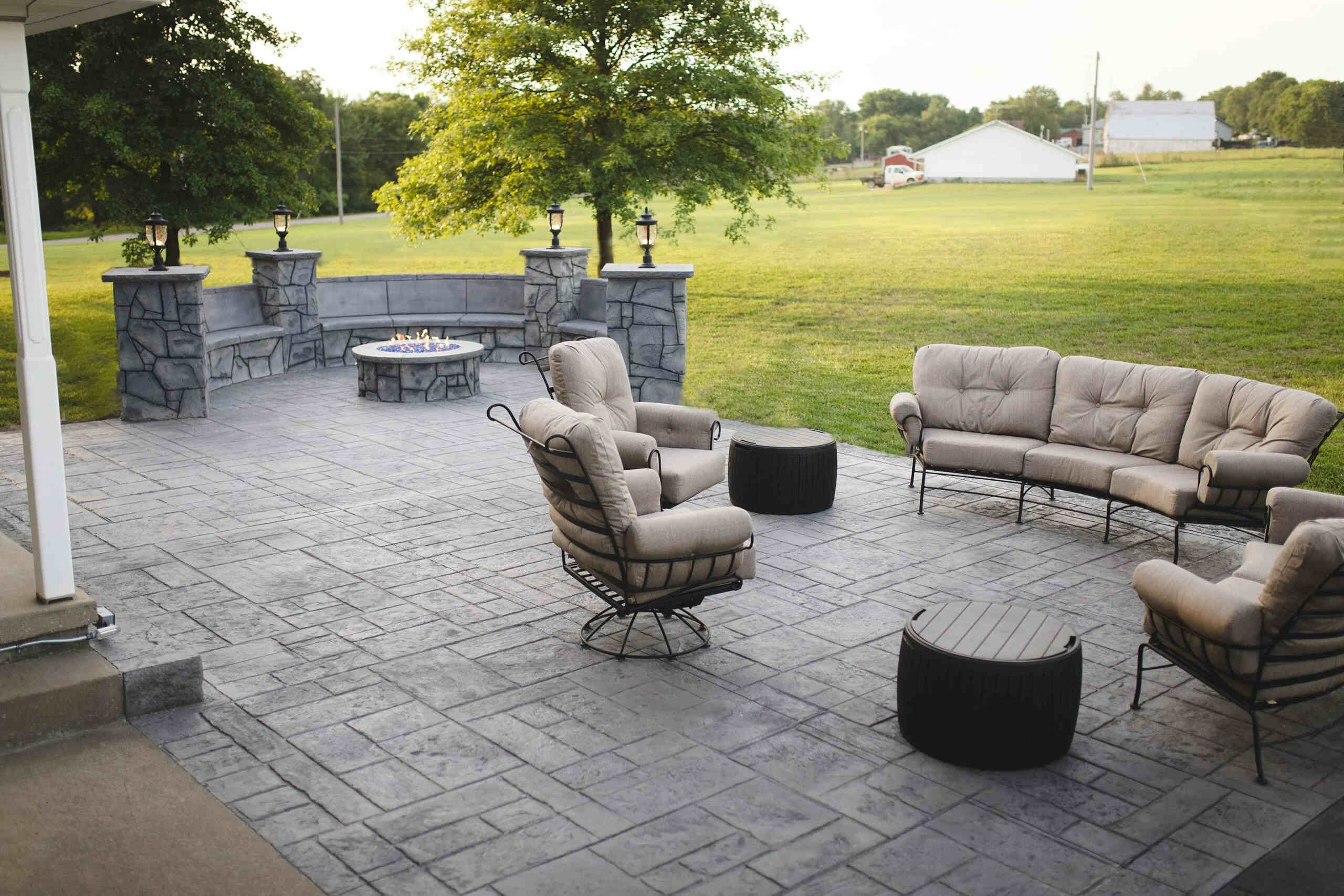
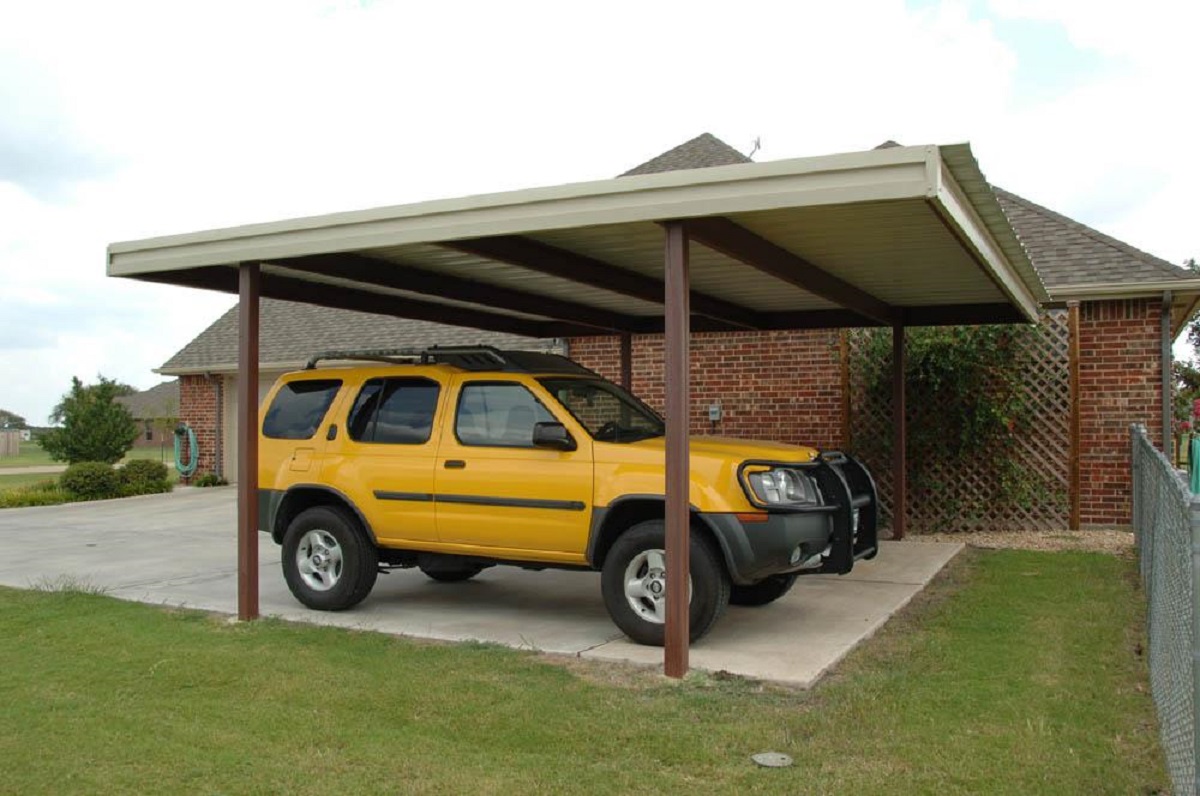
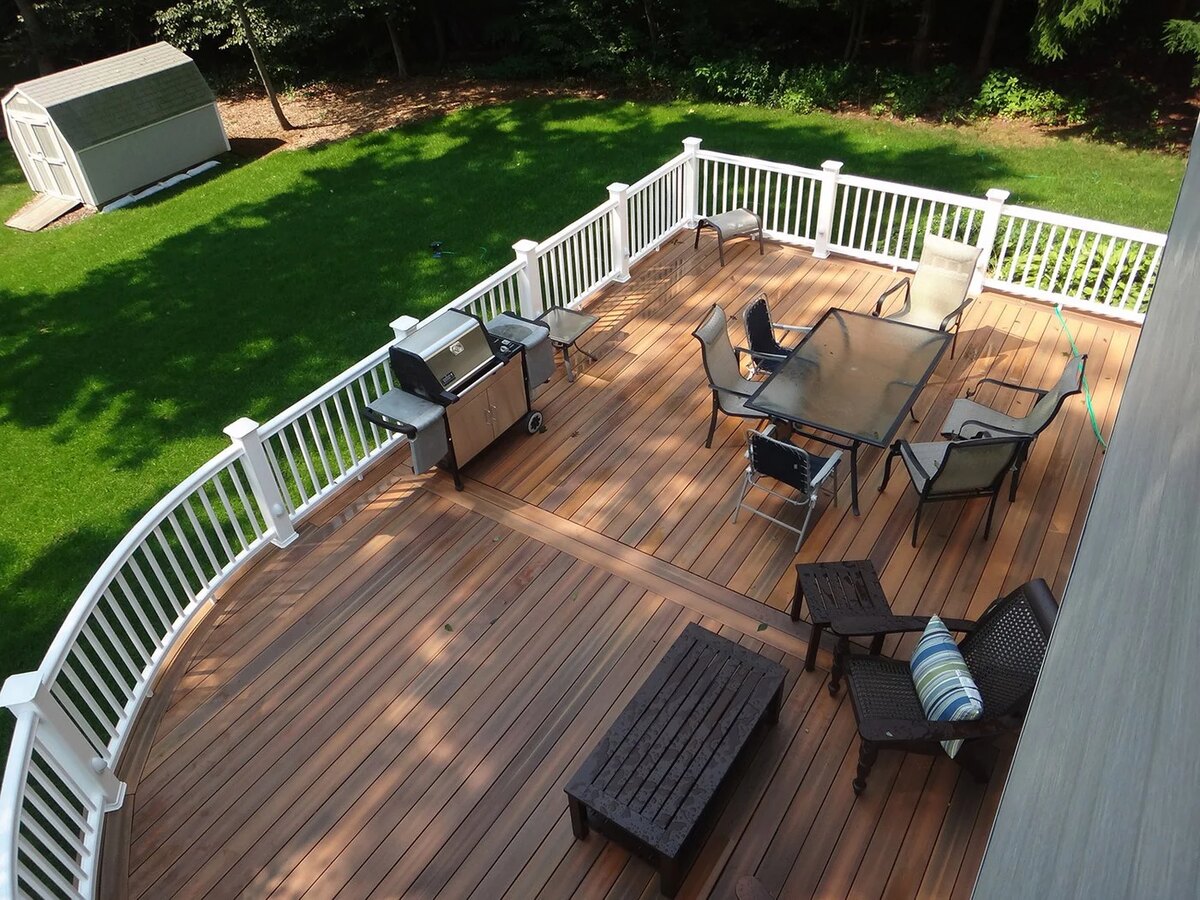
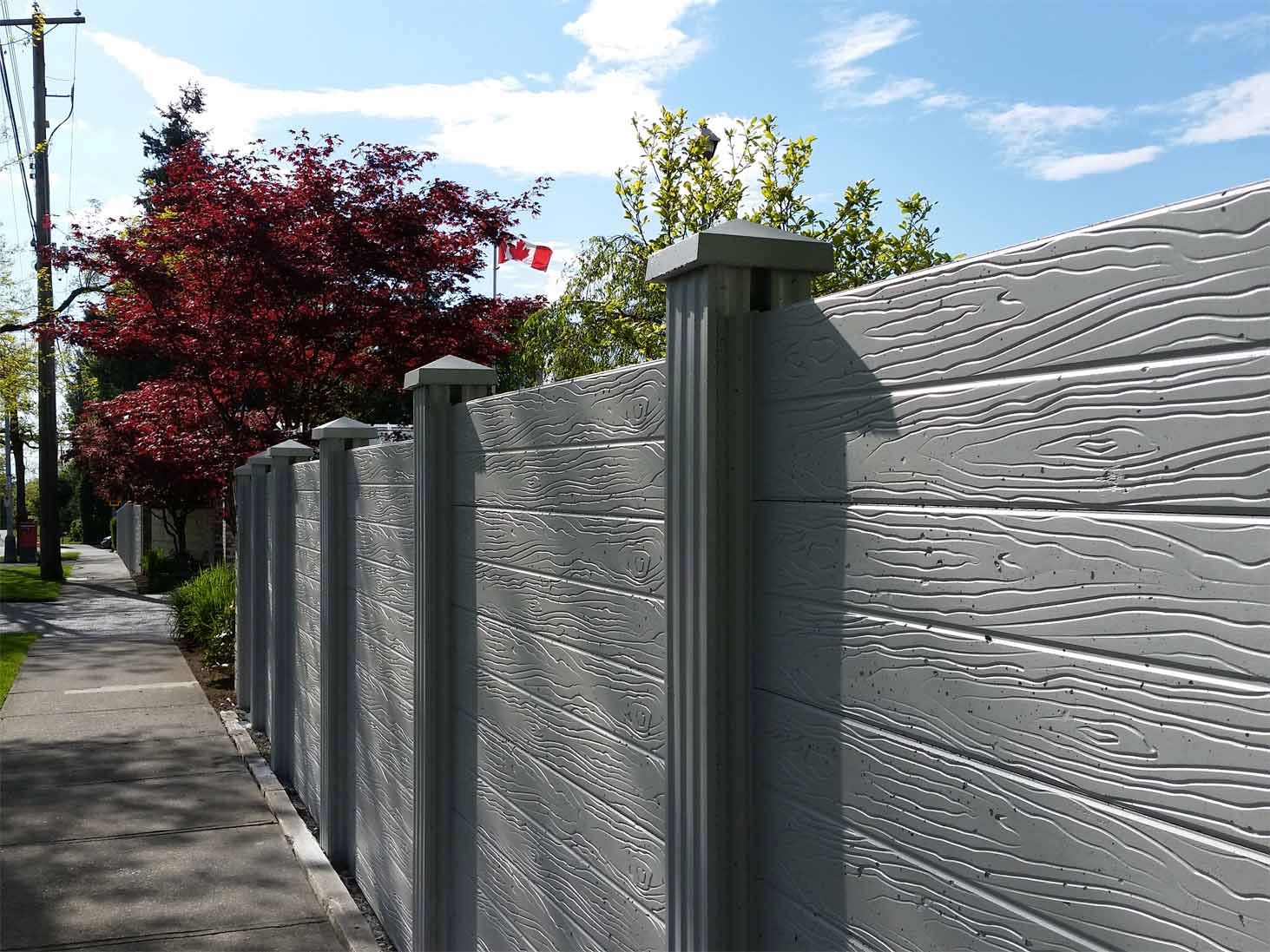
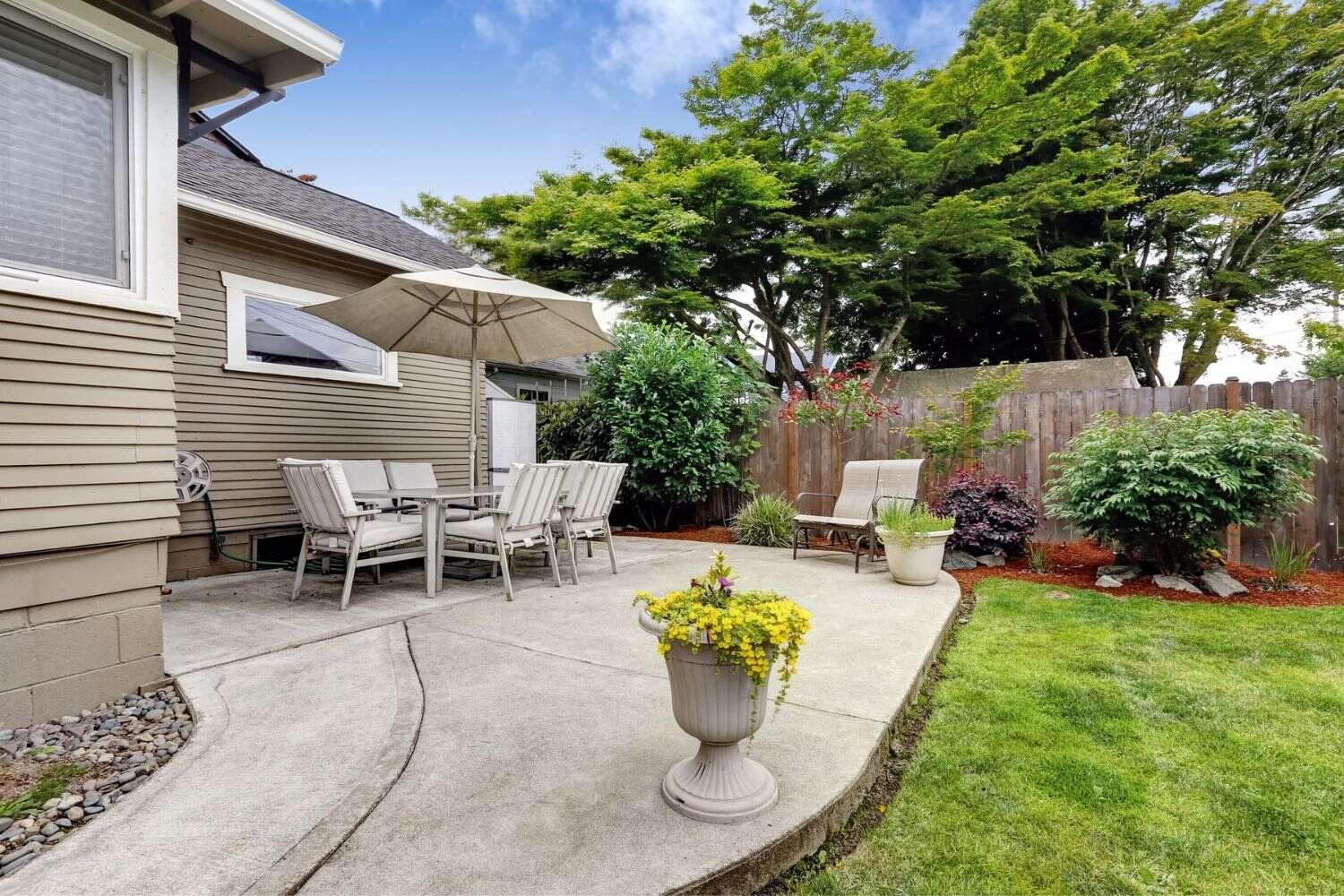
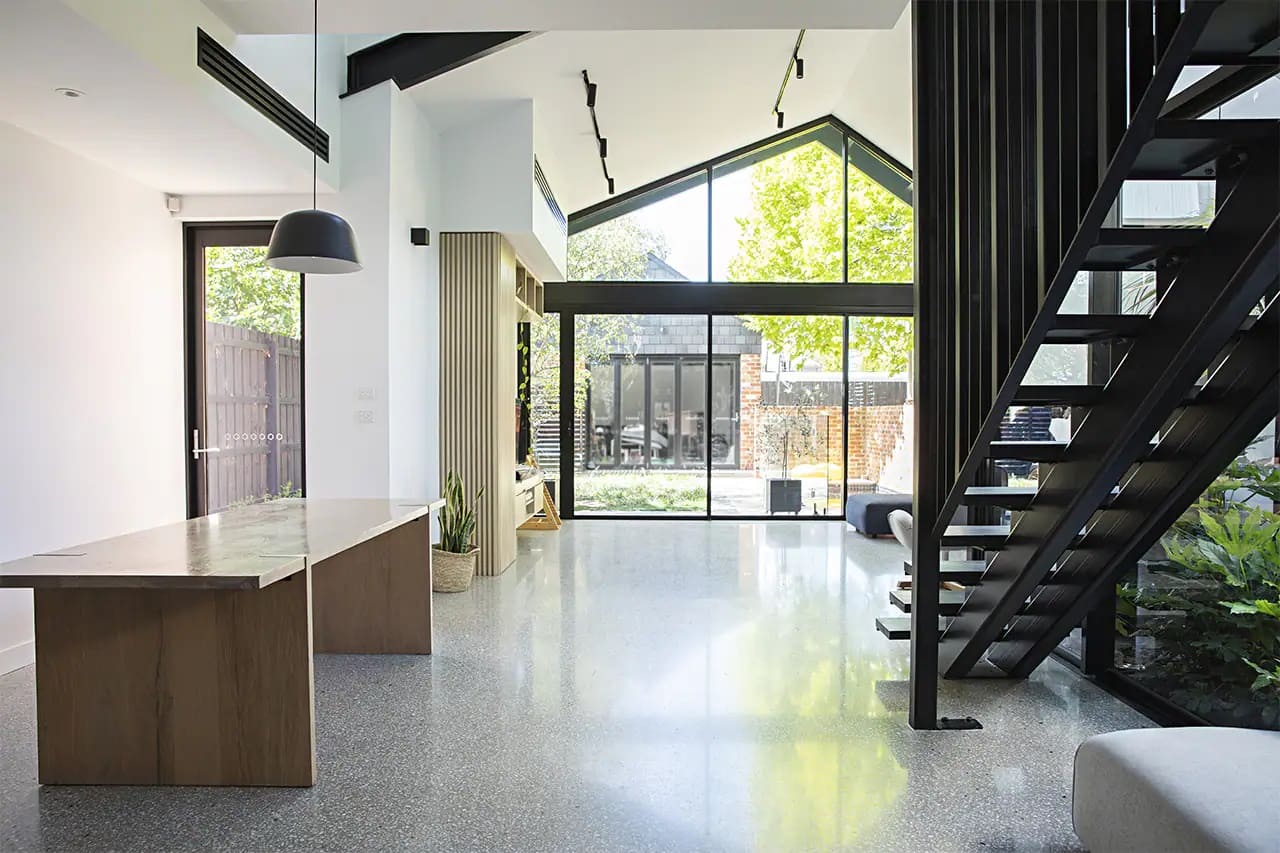
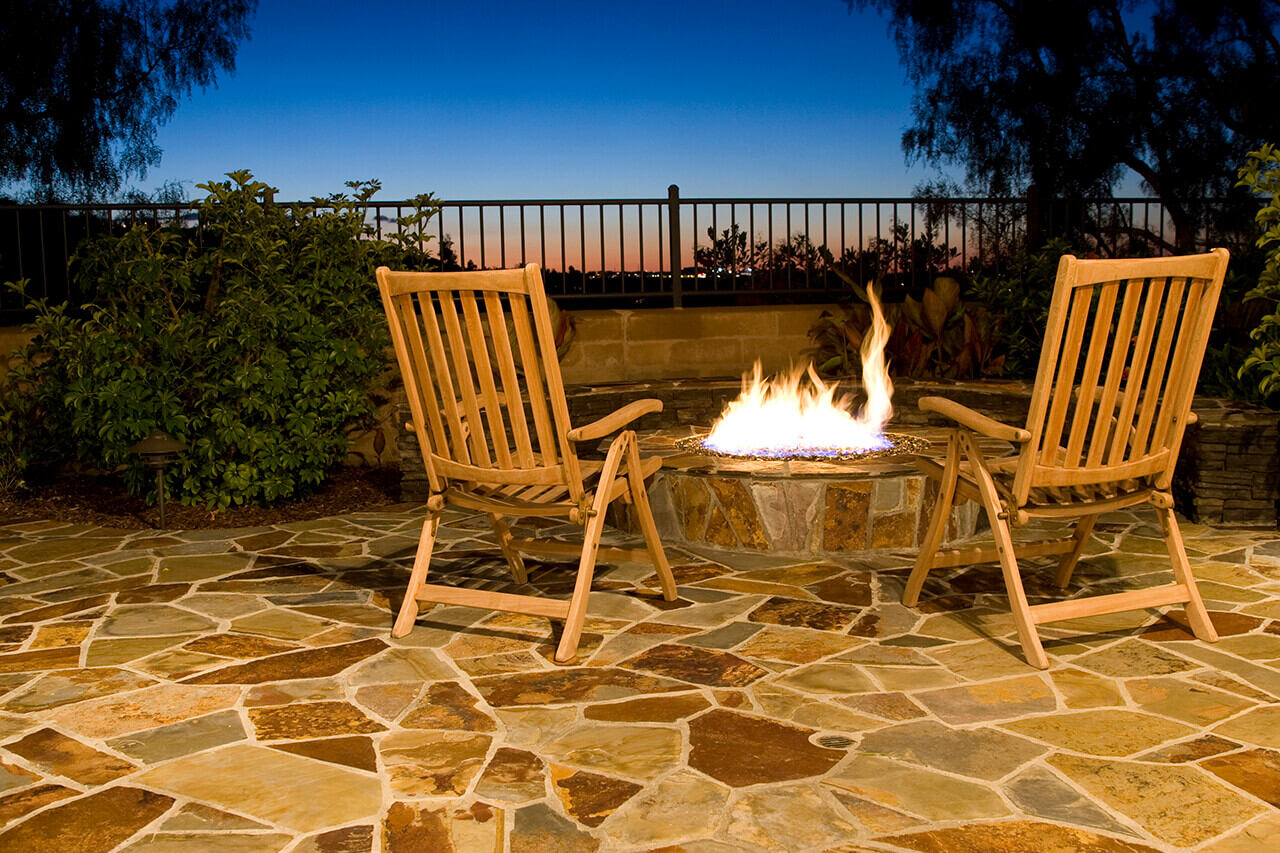
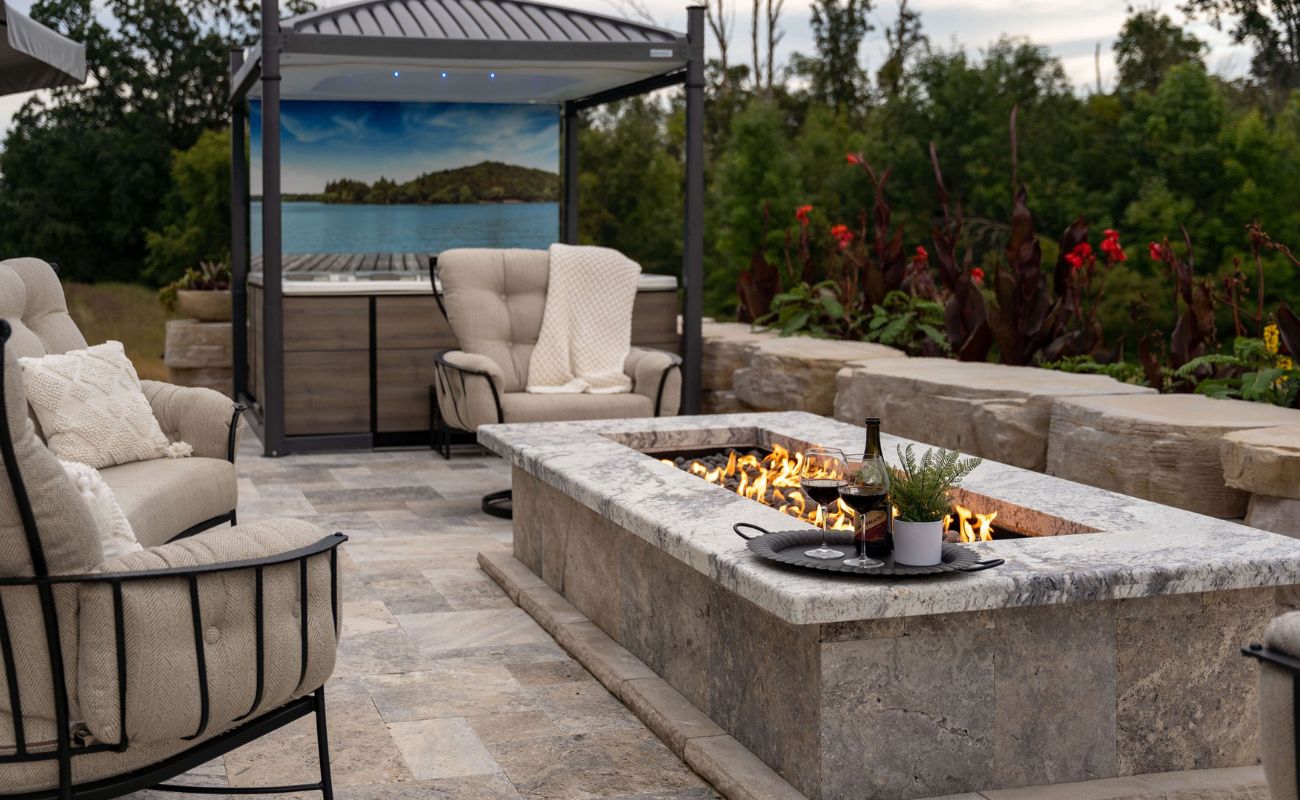
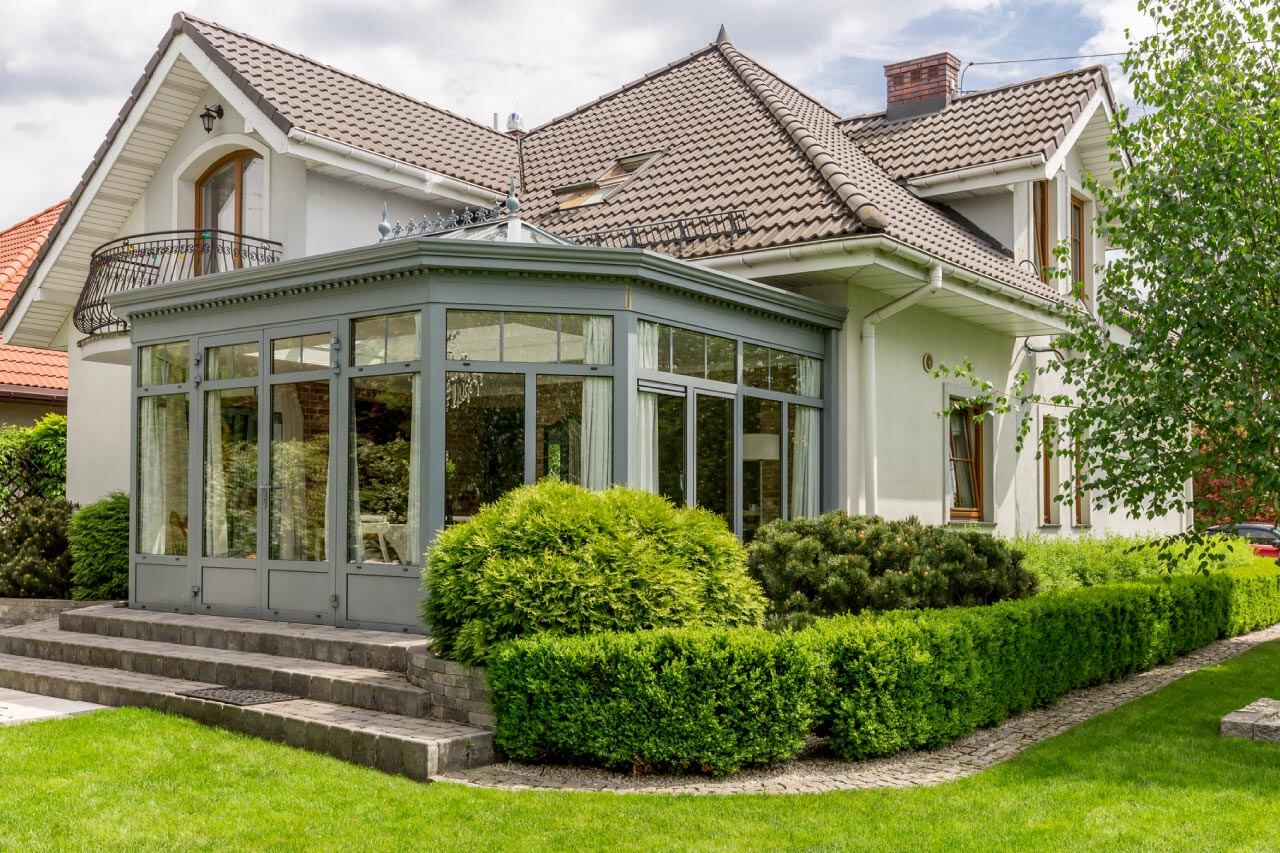
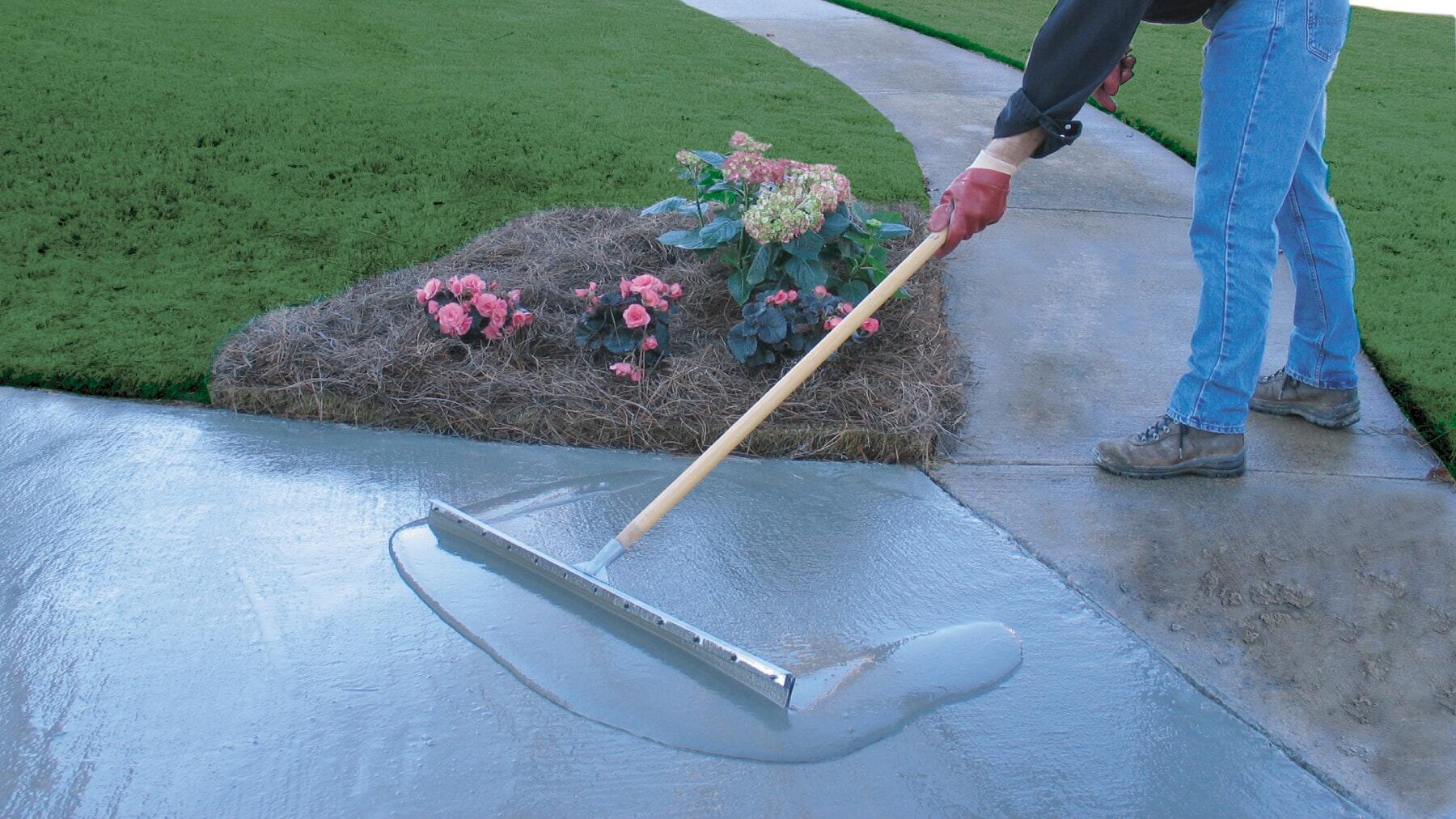
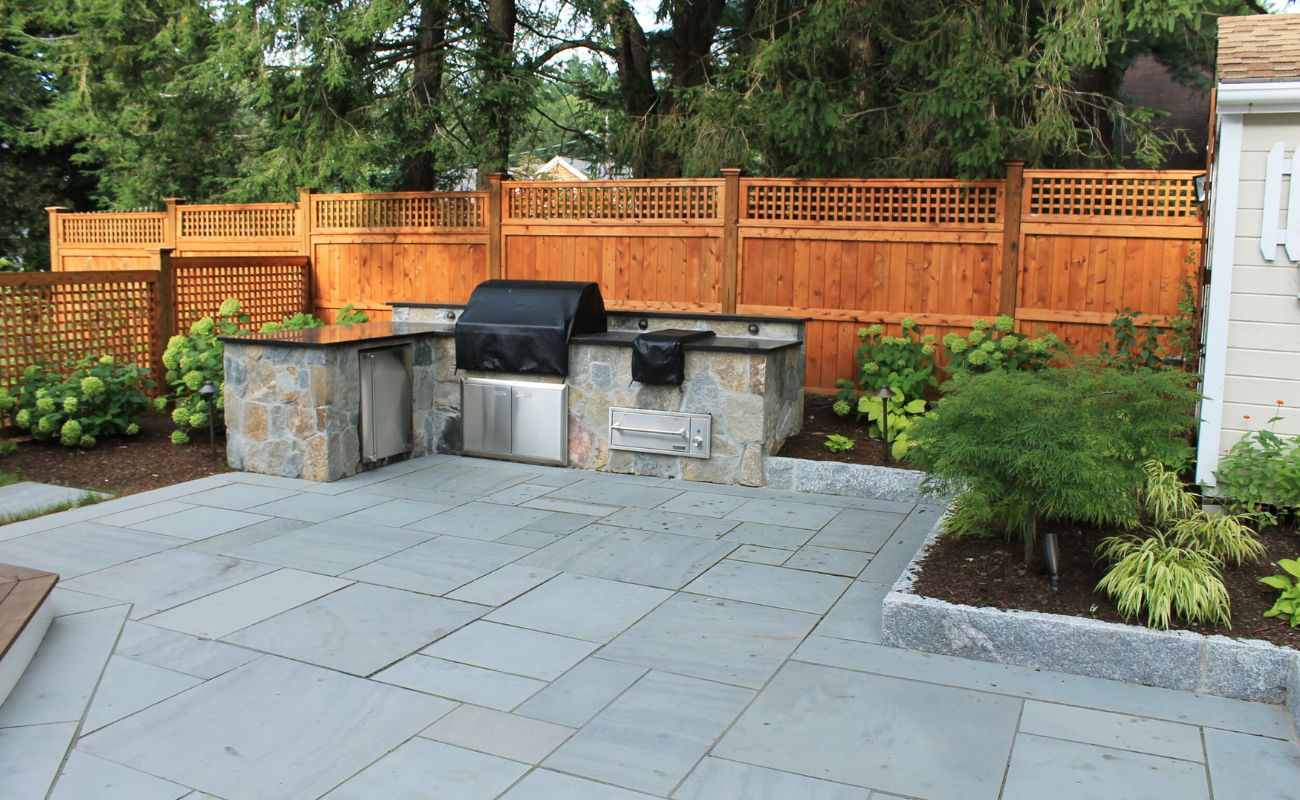
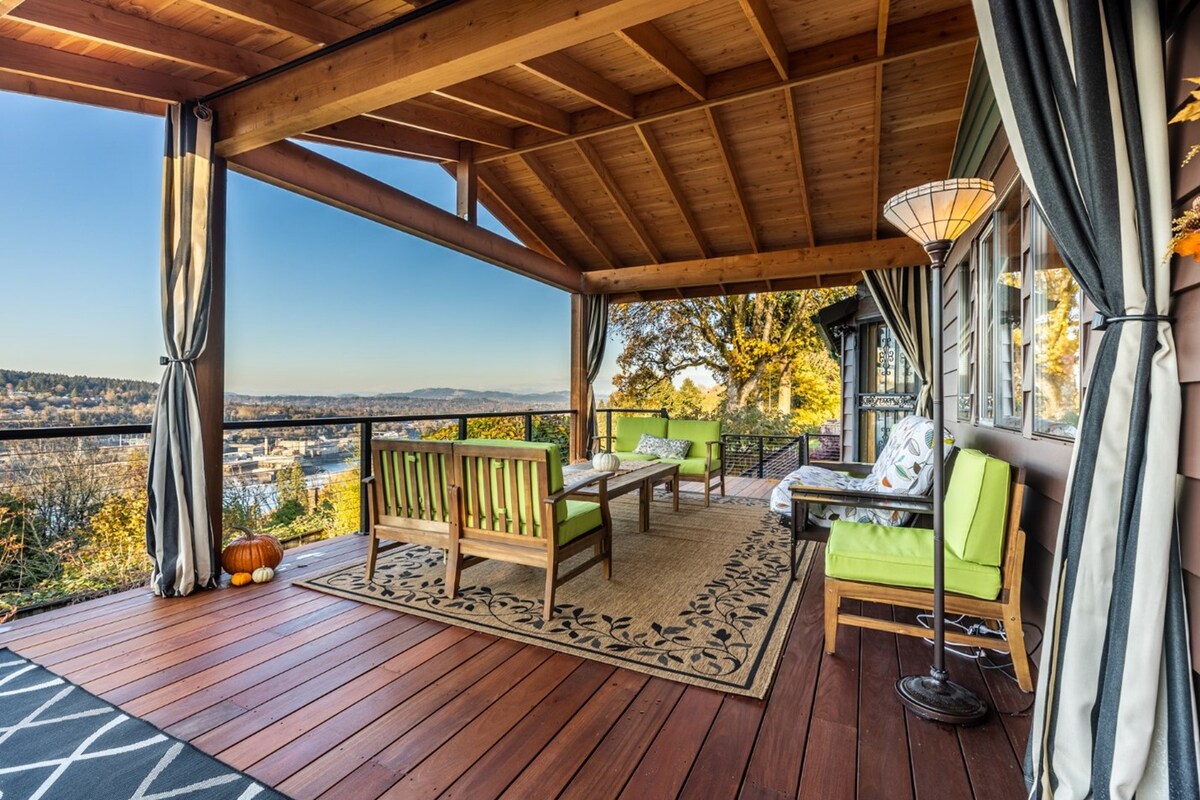
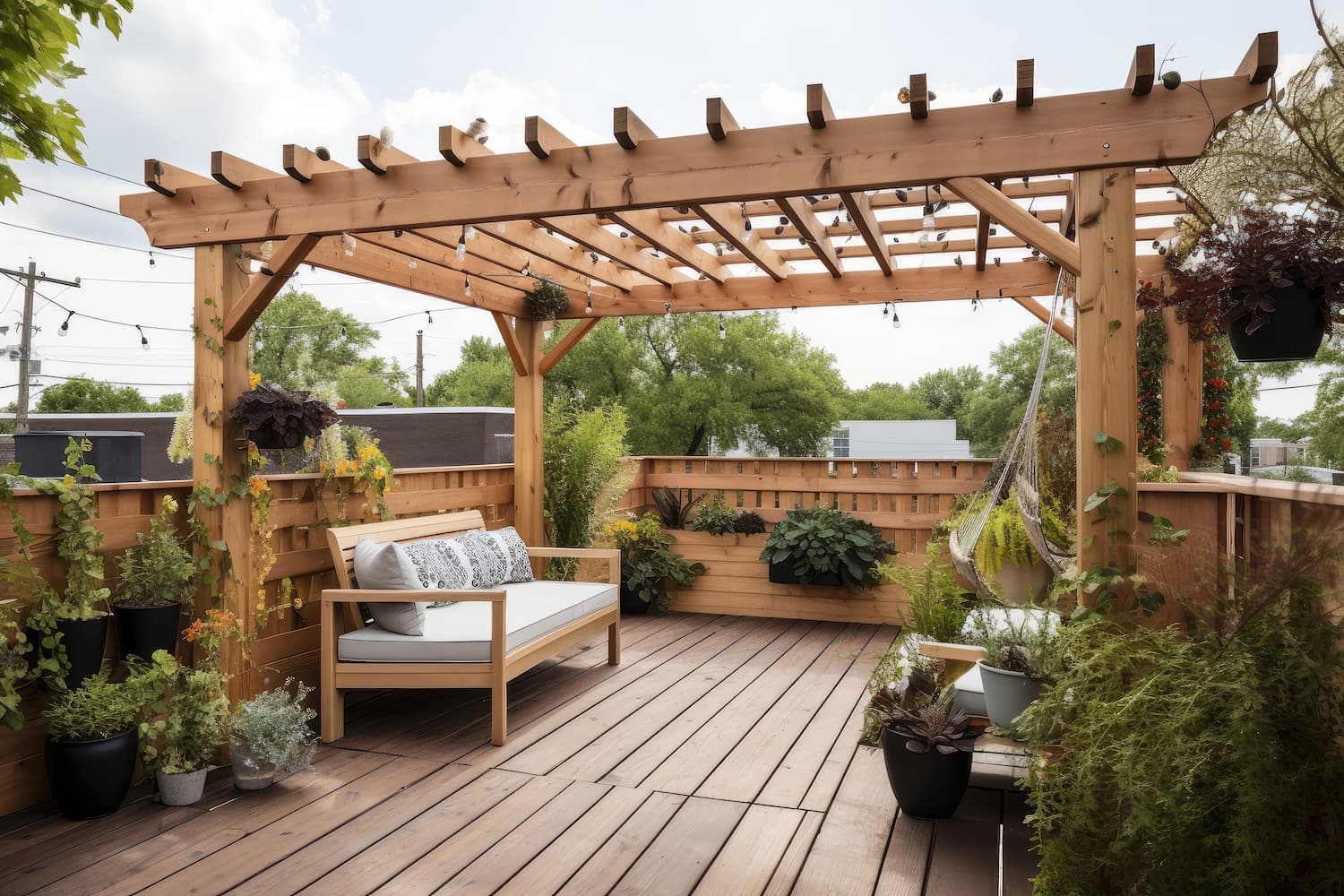
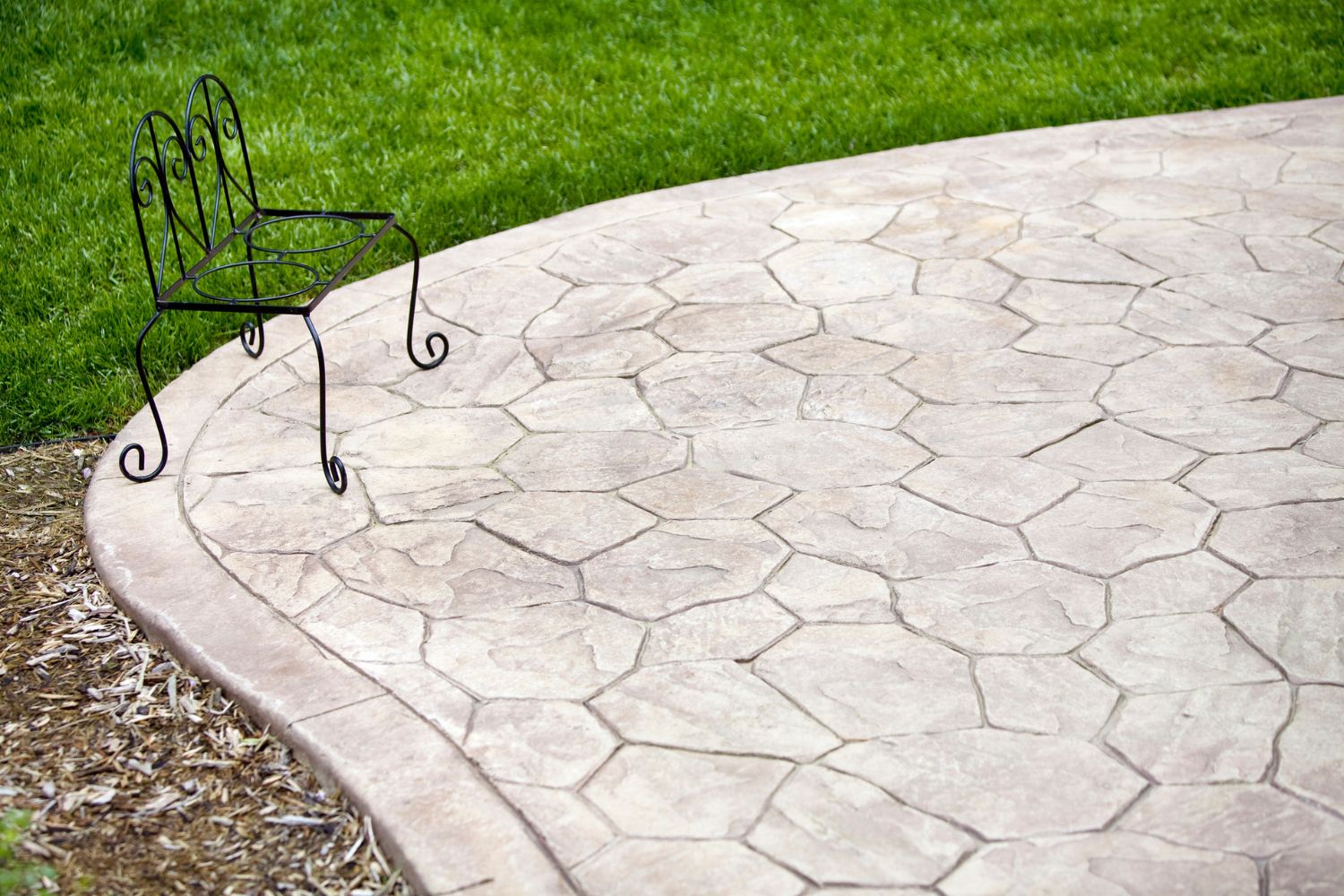

0 thoughts on “How Much Does A 20X20 Concrete Patio Cost”